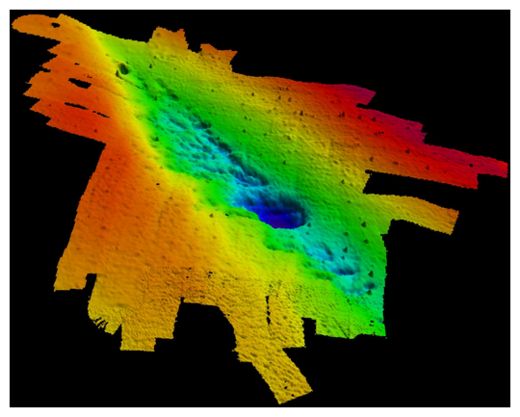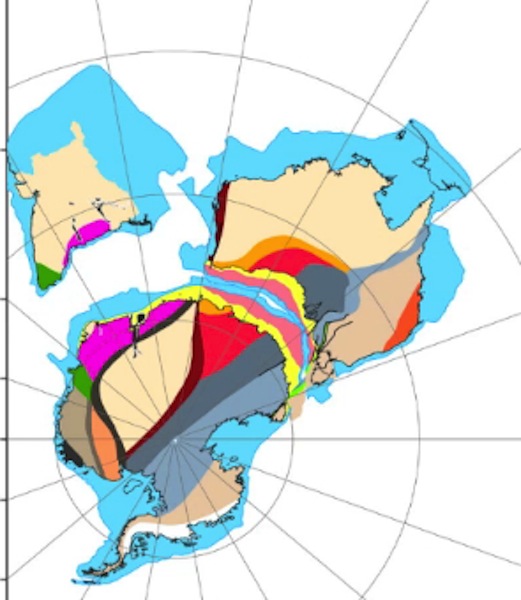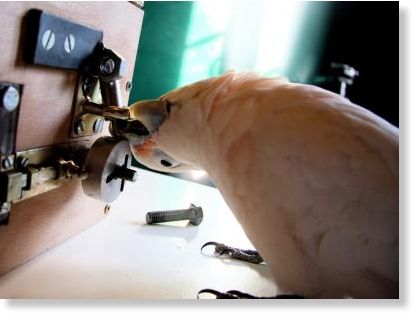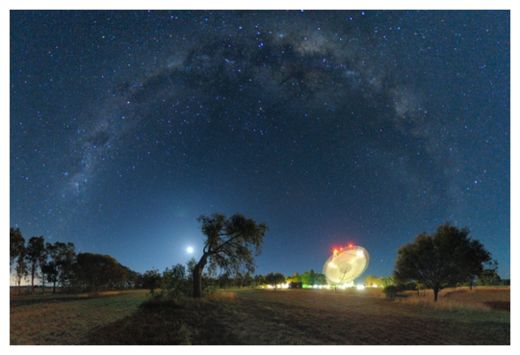
© University of Leiceste
Crime scene investigation got a boost into the 21st century this past week, as a team of researchers at the University of Leicester, in the UK, announced the development of a new technique for gathering fingerprints that can even find hidden prints.
Due to TV and movies, the techniques used up until now are pretty familiar to everyone - an investigator brushes a special powder onto the surfaces at a crime scene, and the powder sticks to the sweat and oils left behind when anyone at the scene touched something. The contrast between the colour of the powder and whatever the fingerprint is on lets the investigators see the print and get a record of it. Since the chance of two people having the same fingerprints is extremely slim (something like 1 in 64 billion), it gives them a good chance to identify who was there and narrow down who the criminal was.
Criminals know about this though, and they've exploited one of the weaknesses of the technique, by literally wiping away the evidence. Even the most thorough criminal can miss
something, though, and it's these missed or 'hidden' fingerprints that investigators have to rely upon. Quite often, though, the quality of the print isn't good enough for it to be used in court.
However, now steps in the research team from the University of Leicester, with a new, and incredibly accurate way of lifting and reading these prints.
This new method uses the fact that the residue of sweat and oils our skin leaves behind is insulating - that is, it doesn't conduct electricity. If the surface underneath the print
is conductive, like a metal knife or bullet casing, a special coloured 'electro-active' film is applied that transfers the colour only to the conductive surface, and even the thinnest amount of residue will prevent the colour from being transferred. This reveals the fingerprint in negative, with extremely fine detail.





Comment: Despite the 35,000 years ago date mentioned above a better fit would be about 12,500 years ago.
See -
Cosmic blast may have killed off megafauna
Meteor impact extinction linked
and
Forget About Global Warming: We're One Step From Extinction!